The Ultimate Guide to The 1964 Pontiac GTO

The 1964 Pontiac GTO is referred to as the first real muscle car. The Pontiac Tempest was provided with a package of upgrades, which allowed it to be labeled as a “GTO”. This post is all about this famous Pontiac.
The options that make a Pontiac Tempest into a GTO:
- The GTO has the order code #382: the Lemans package with GTO option
- A 389 cubic inch V8 engine
- Either a 4 barrel carburetor or 3 two barrel carburetors
- A floor-mounted Hurst shifter
- Stiffer suspension
- 20:1 steering ratio
- A speed of 13.29 seconds quarter-mile
- Dual exhaust
- (Optional) close ratio 4-speed gearbox
Creation Of The Pontiac GTO
In racing terms, GTO means “Gran Turismo Omologato. In Pontiac language, these three letters designate a special white-hot Tempest.
BOB MCVAY, MOTOR TREND, JAN 1964
GTO is an abbreviation for the Italian phrase “Grand Turismo Omologato,” or a grand touring car that has been certified, or homologated, for racing purposes. This was originally Ferrari’s term for the 250 GTO, and the people at Pontiac liked the term so well that they decided to use it as an option on their new Tempest version.

Automakers had installed large engines in smaller cars before this time, but none had capitalized in sales by creating a strong muscle car image the way Pontiac would with the GTO.
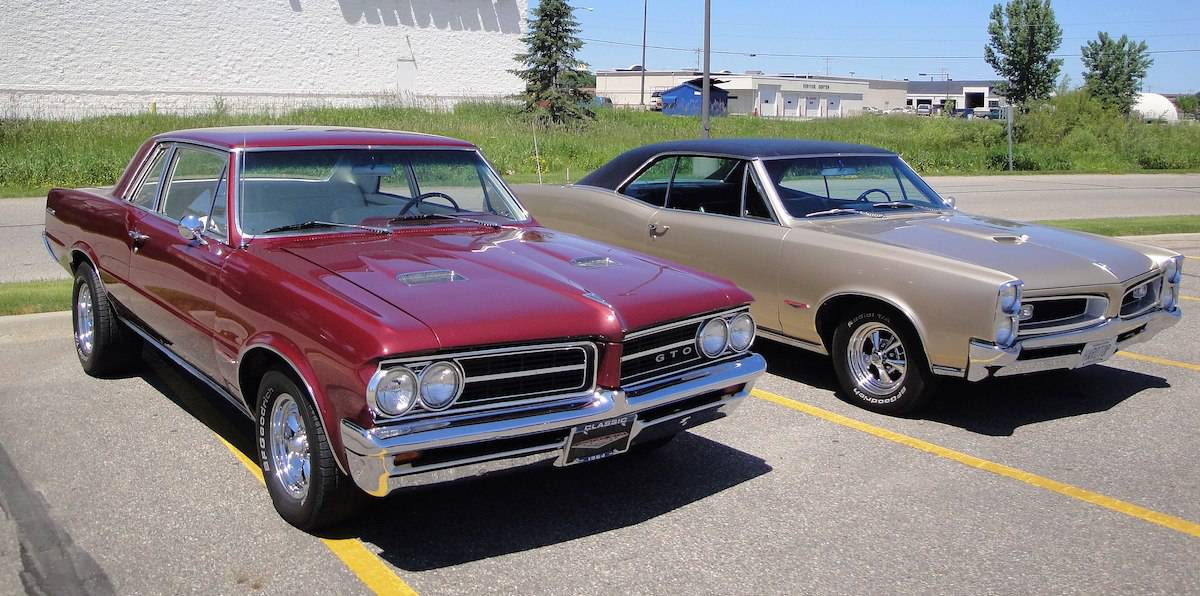
The Pontiac GTO was never supposed to exist. An order came down from the management of General Motors: No high performance cars. Nothing that suggested racing or going fast should be in the GM model lineup.
But Pontiac chief engineer John DeLorean resolved to pursue sales to wannabe racers by squeezing the brand’s 389 cubic inch big block V8 engine into its mid-size Tempest model and labeling the optional package “GTO.”
…GM wanted to keep the car hush-hush, so they agreed to allow Pontiac to limit the production to only the 5,000 they had pre-sold to dealers. But after word got out about the new car, orders came flooding in, and wouldn’t you know it, it turned out GM was gracious enough to allow Pontiac to squeeze out over 32,000 GTO’s by the end of 1964.
William Mckinney
The GTO uses the heads from Pontiac’s big 421 V-8 to give it a rating of 325 hp at 4800 rpm with one four-barrel Carter carburetor, or a whopping 348 hp at 4900 rpm when set up with three two-barrel Rochester carbs.
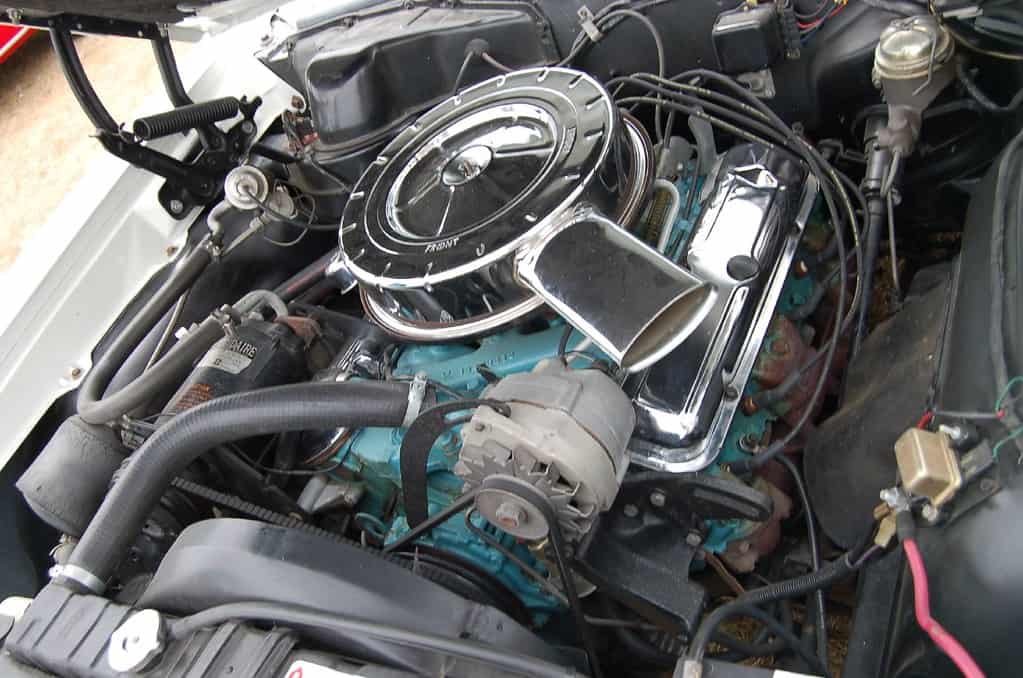
The much improved power-to-weight ratio would make a mildly cammed, four barrel 389 engine feel much more powerful in the A-body. By comparison it was still smaller and lighter than the 120- and 123-inch wheelbase full-size Pontiacs.
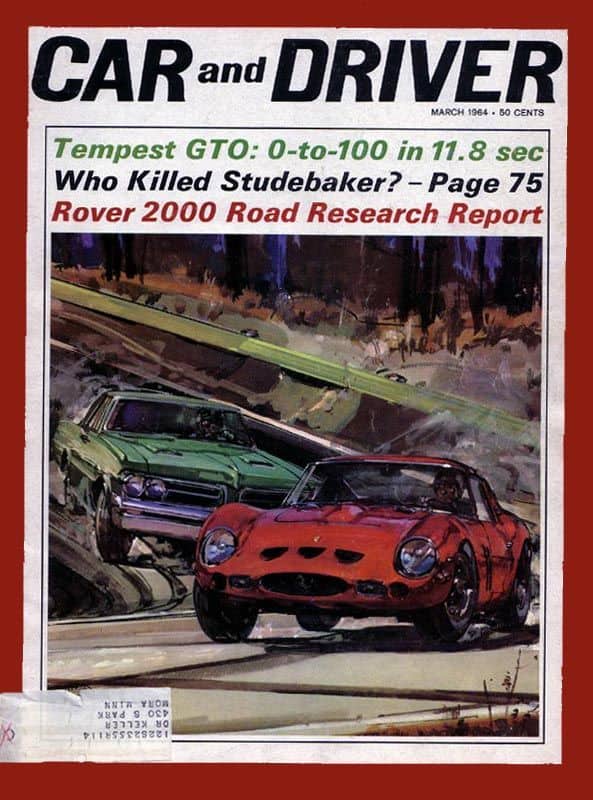
How Much Did a 1964 GTO Cost?
An affordable $2,776 bought the base pillared coupe. For an additional $295.90 you could include the 4 barrel 389 V8, 3 speed stick, emblems, blacked-out grilles and hood scoops to make it stand out.
For a $295.90 add on fee, code 382 upgraded a Le Mans into a GTO.
In 1964, 32,450 GTOs were sold. These have become a very desired collector car ever since. The GTO’s have a huge following of collectors and car builders all around the world.
The base model 1964 Pontiac GTO included:
- 389 cu. in. engine with 325 HP (24,205 produced)
- 4 barrel Carter AFB carb
- 3-Speed manual transmission
- Hurst shifter
- Dual exhaust
- Heavy duty suspension
- Chrome air cleaner
- Chrome valve covers
- Special hood (with nonfunctional hood scoops)
- GTO badges (interior and exterior)
- Redline US Royal Tiger Paw tires
Pontiac had always offered a long and comprehensive option list, and the Pontiac GTO was no exception. Buyers intending to use the car for its intended purpose would want the four-speed manual transmission ($188.30).
You could order the Safe-T-Track limited-slip differential for $37.66, tachometer for $53.80, heavy-duty suspension at $3.82, and a few extras like windshield washers for $17.27. The tripower engine could be ordered for $115.78. This was the same engine block as the four barrel but came stock rated at 348 gross horsepower.
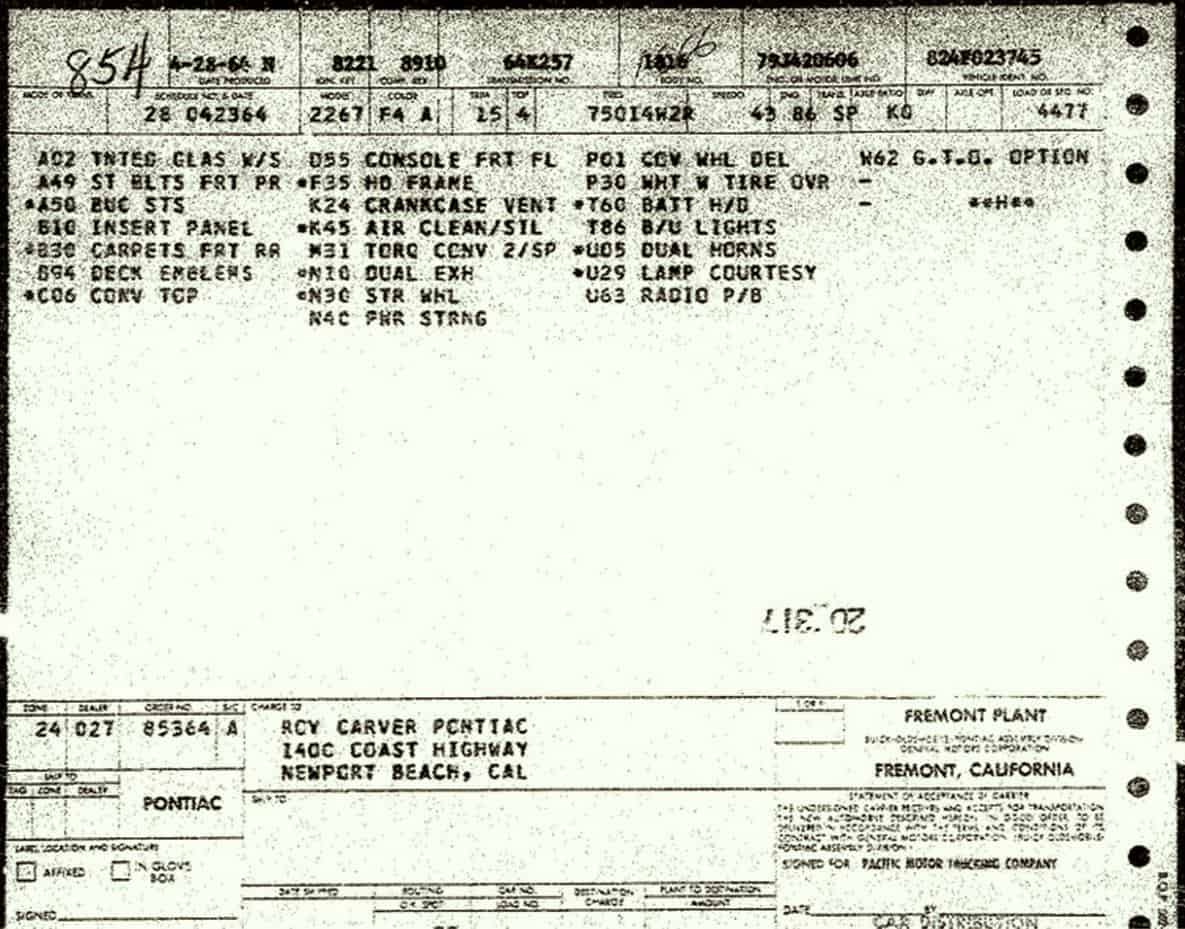
All the options available on the 1964 GTO:
- Power steering
- Power brakes
- Power title driver’s seat
- Power windows
- Custom air conditioner
- Tinted glass all around (or just windshield)
- Washers
- Two-speed wipers
- Seven position tilting steering wheel
- Padded dash
- Console
- Radio
- Electric antenna
- Regular rear seat speakers
- Reverberating rear seat speakers
- Luggage compartment light
- Ski racks
- Removable luggage carrier
- Deluxe wheel discs
- Wire wheel discs
- Custom wheel discs
- Black or white fabric top
- Rayon cord whitewalls (optional at no cost)

Performance Options
- 389 cu. in. engine with 348 HP with tri-power carbs (8,245 produced)
- 4-speed wide ratio manual transmission (M20) with Hurst Shifter
- 4-speed close ratio manual transmission (M21) with Hurst Shifter
- 2-Speed Powerglide automatic transmission
- Metallic brake linings
- Heavy-duty radiator
- Safe-T-Track limited-slip differential
- Custom sports steering wheel
- Handing kit (extra-stiff shocks and 20:1 quiet steering)
- Extra stiff shocks (alone)
- Tachometer
- Rally clock
- Vacuum gauge
- Exhaust splitters (Dealer-installed option)
- Mechanical 3-2BBL carburetor linkage
- High-performance full transistor (breakerless) ignition
This list of options could add over $1300 to the original purchase price of a little over $2800. With adding all the options making the cost $4100 the GTO was not outrageously expensive for its time.
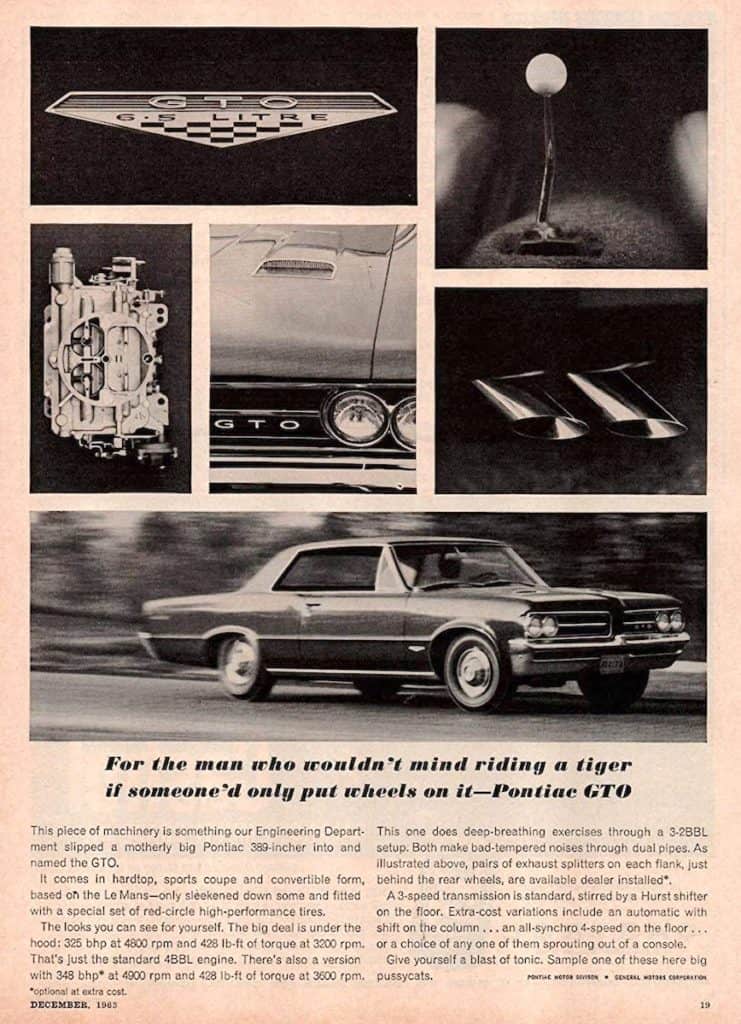
How Many GTOs Were Produced in 1964?
Here is a list of the body style production numbers and the engine choice production numbers.
| Body Style | Production | Engine | Trans |
|---|---|---|---|
| Coupe | 7384 | NA | NA |
| Hardtop | 18422 | NA | NA |
| Convertible | 6644 | NA | NA |
| Total | 32450 | ||
| 1964 | 8245 | 389-3X2NA | NA |
| 1964 | 24450 | 389-4bblNA | NA |
| Total | 32450 |
Available Engine And Transmission Combinations
Pontiac had an extensive list of codes that could be ordered for the 1964 model. The GTO option came standard with the 389 cubic inch 4 barrel with the 3 speed on the floor.
| Engine ci | Carb.Type | Trans.Type | Std.Code | Calif.Code | Comp.Ratio | HP |
|---|---|---|---|---|---|---|
| 389 | 3×3 | 3-Spd | 76X | – | 10.75:1 | 348 |
| 389 | 3×2 | 4-Spd | 76W | – | 10.75:1 | 348 |
| 389 | 3×2 | 4-SpdM20 | 76XW* | – | 10.75:1 | 348 |
| 389 | 3×2 | 4-SpdM21 | 769 | – | 10.75:1 | 348 |
| 389 | 3×2 | Auto | 77J | – | 10.75:1 | 348 |
| 389 | 4bbl | 3-Spd | 78X | – | 10.75:1 | 325 |
| 389 | 4bbl | 4-SpdM20 | 78W | – | 10.75:1 | 325 |
| 389 | 4bbl | 4-SpdM20 | 78XW* | – | 10.75:1 | 325 |
| 389 | 4bbl | 4-SpdM21 | 789 | – | 10.75:1 | 325 |
| 389 | 4bbl | Auto | 79J | – | 10.75:1 | 325 |
A very important detail was that all manual-shift Pontiac GTOs had Hurst shifters as standard equipment. This new idea of including aftermarket equipment on a production car was not something Detroit had done before, particularly as standard fit, but a Hurst shift linkage was a status symbol among the racing community.

This turned out to be a great move from a marketing standpoint, making every stick-shift GTO Hurst equipped give off all the right vibes to those who loved muscle cars.
How Fast Is A 1964 GTO?
With as much power as the bigger Pontiac Catalina and considerably less weight, the GTO was a fast car. Even the slowest combination — a base-engine convertible with the optional two-speed automatic — was capable of 0-60 mph (0-97 km/h) in a little over 7 seconds with a top speed of around 115 mph (185 km/h).
With a well-tuned Tri-Power engine and four-speed, 0-60 times of around 6 seconds were feasible. More importantly, as far as the street-racer set was concerned, a Tri-Power GTO could run the standing quarter mile in the 13 to 14-second range with trap speeds close to 100 mph.
That was performance only a few other stock cars of the era could match at any price. It also made the GTO highly competitive in the NHRA’s B/Stock class.

What Colors Did the 1964 GTO Come In?
This is a table of all the colors that were available on the hard tops.
| Color | Code |
|---|---|
| Starlight Black | A |
| Cameo Ivory | C |
| Silvermist Gray | D |
| Yorktown Blue | F |
| Skyline Blue | H |
| Pinehurst Green | J |
| Marimba Red | L |
| Sunfire Red | N |
| Aquamarine | P |
| Gulfstream Aqua | Q |
| Alamo Beige | R |
| Saddle Bronze | S |
| Singapore Gold | T |
| Grenadier Red | V |
| Nocturne Blue | W |
This is a list of the colors that were available if you chose the convertible option.
| Color | Code |
|---|---|
| Ivory | 1 |
| Black | 2 |
| Blue | 4 |
| Aqua | 5 |
| Beige | 6 |
| Saddle | 7 |
These are the colors of the convertible tops that were available.
| Color | Code |
|---|---|
| Ivory | 1 |
| Black | 2 |
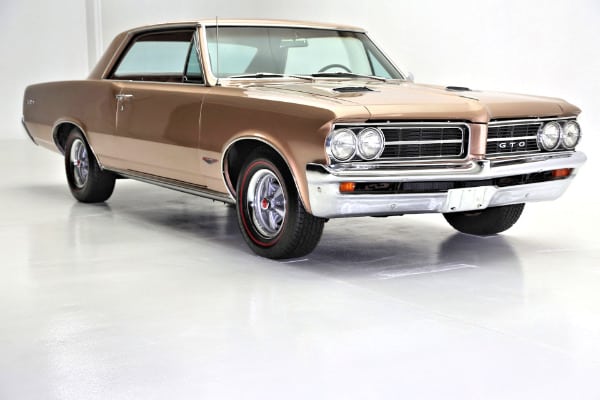
Final Thoughts
A 1964 GTO was my first car, (read about it here) and had to be the most fun car that I ever owned. It wasn’t too big, so it handled well and was quick in the quarter mile. Mine had the 389 4-barrel with the Hurst four speed shifter which made it fun to drive. It’s a car that is easy to work on, so a kid in high school could do tune ups, brake changes and other simple repairs. Like all of us I look back and think– why did I ever sell that car?
In short, the Pontiac GTO became more than a car: it was a brand. The GTO had ensured that the Pontiac name was on the lips of every car-crazy teenager in America.
The Tool Box
Here are some awesome wheels to fit your GTO:

And here’s a nice cover for your GTO:

Related Topics
How can I tell if I have an authentic 1964 GTO? For 1964 the only way to tell for sure that the car is a GTO is to have it verified by the Pontiac Historical Society (PHS). However, there are numerous ways to tell that the car is not an actual GTO. First, a Lemans would have louvres on the bottom forward section of both quarter panels. A GTO does not. Another sure way to tell is to decode the VIN number on a Pontiac VIN decoding site.
What is the average selling price of a 1964 Pontiac GTO? Here are the current listed by the Hagerty Valuation Tool.
- $63,600 Condition #1 vehicles are the best in the world. The visual image is of the best vehicle, in the right colors, driving onto the lawn at the finest concours. Perfectly clean, the vehicle has been groomed down to the tire treads. Painted and chromed surfaces are mirror-like. Dust and dirt are banned, and materials used are correct and superbly fitted.
- #2 Excellent $46,700
- #3 Good $26,200
- #4 Fair $16,500
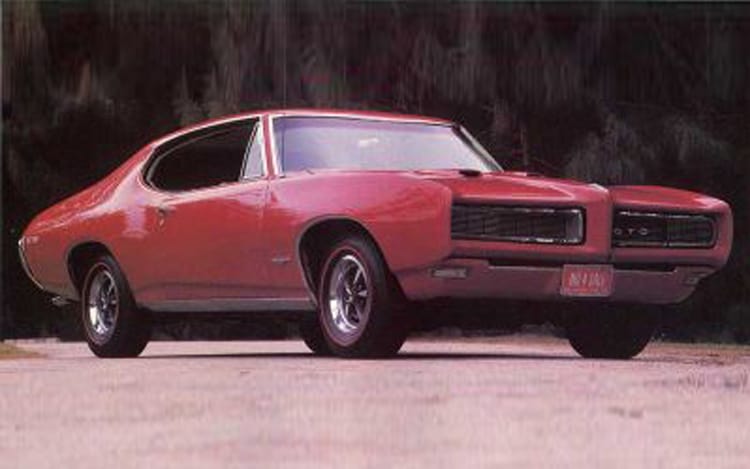
Sources:
Mckinney, William. “The Classic Muscle Car Era.” (2009).
web-cars.com
“The Birth of Muscle Cars” 16 January 2007.
“The GTO Origin Story“, Hagerty
“A Pontiac History 1955-1981“, pontiacheaven.org
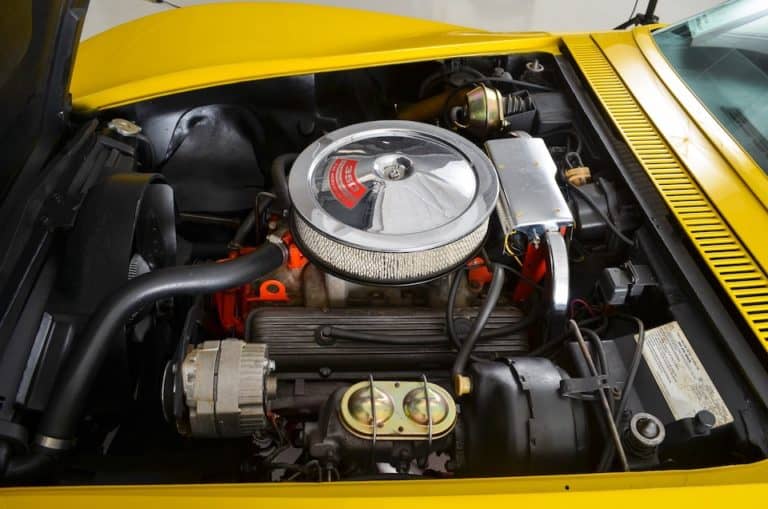


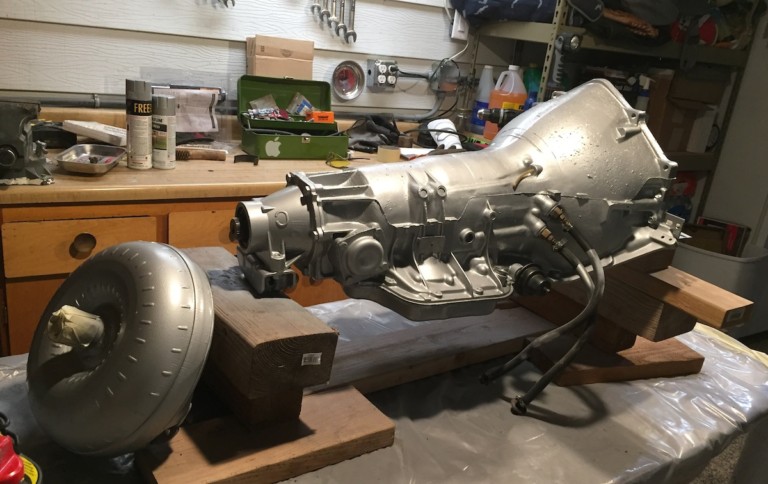

One Comment
Comments are closed.